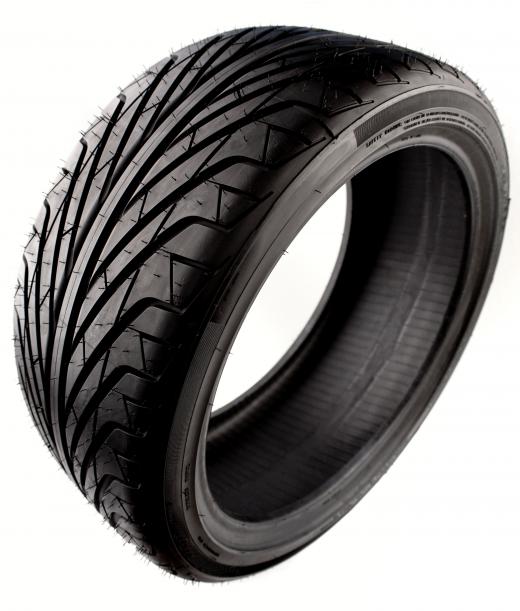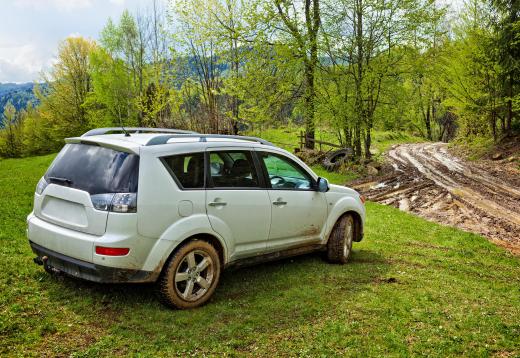A groover refers to one of several commonly used tools used to make grooves through cutting or punching. The most popular groovers are those that create grooves in pipes, while others make grooves in tires for increased offroad-style traction. A pipe groover is a large stand-alone tool or machine used to create grooves in the ends of pipes to be fitted with gaskets and couplings rather than threads. A tire groover, also called a grooving iron or heated knife, is a handheld, gun-shaped tool with a heating element on its nib; it's used to score tire tread patterns with small pencil-sized grooves across the tread. Still other groovers are used in the manufacture of fabrics and other materials.
Pipe groovers allow pipes to connect without threading. This is usually to enable faster, more effective heat transfer, as with air conditioners or sprinkler systems. Grooves let liquid gas inside the pipe to spin and contact the entire surface area of the pipe, effectively absorbing more heat from the air that's removed from a room to be cooled.

A pipe groover might roll grooves into all sorts of pipes including modern thin-walled pipes. These machines can be transported to work sites; they sometimes use hydraulic hand pumps to generate thousands of pounds per square inch (psi) of rolling force against the pipe face. Adjustable rollers accommodate varied pipe diameters and allow for pre-set depth gauging.

Pipe grooves must allow for full end load strength, as well as support the longitudinal and lateral stresses of internal pressure and external forces. Couplings include flange adapters, outlets, and reducing couplings. Whether they are flexible or rigid, they possess a similar key section that locks fully into the groove, integrating the joint into the pipe to optimize pressure and end load configurations.
A tire groover is usually accompanied by various sized blades and a power supply. The head of the knife emits heat to prepare the tire surface for smooth and easy cutting, while groove depth is maintained by adjustment of the blade. These patterns are usually done by hand; grooves increase traction for vehicles such as race cars, trucks, sport utility vehicles (SUVs), and all-terrain vehicles (ATVs).
A groover can greatly increase tire traction in all-weather and all-terrain conditions, including performance in snow, ice, and rain. Grooves permit stops with greater control, afforded by the increased amount of tire lugs. Grooves give lugs more flexibility for enhanced purchase, and prevent mud from clumping the tread channels. Grooved tires also emit less road noise. The use of a tire groover boosts driving capability, and extends the lifetime performance of used tires.
